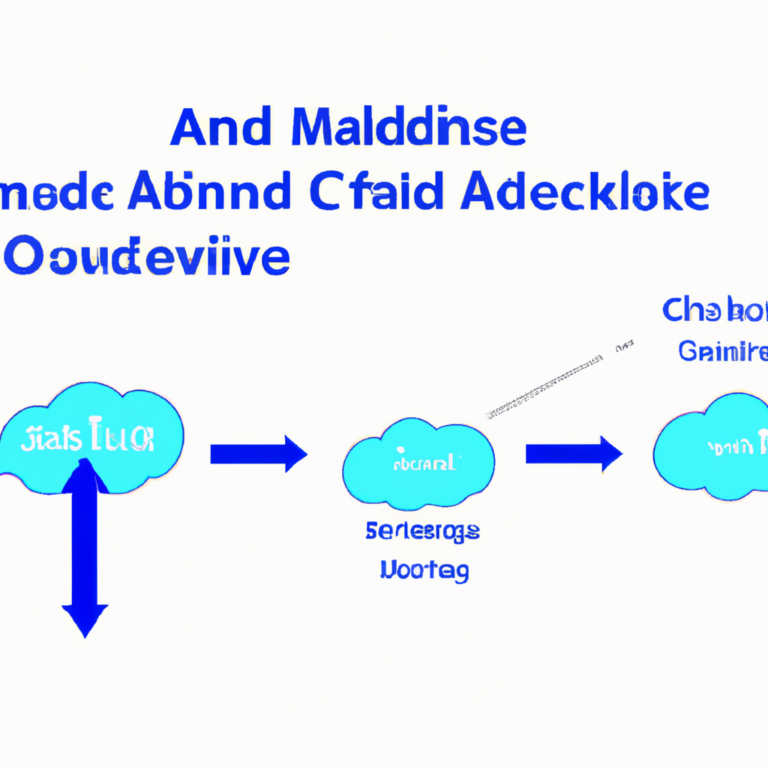Understanding Overbought and Oversold Conditions
When trading in the financial markets, it is essential to understand the concepts of overbought and oversold conditions. These terms are used to describe the state of an asset’s price in relation to its perceived value, and can help traders make informed decisions about when to buy or sell.
What are Overbought and Oversold Conditions?
Overbought and oversold conditions refer to situations where an asset’s price has deviated significantly from its true value. In an overbought condition, the price of an asset is considered to be too high relative to its underlying fundamentals, making it vulnerable to a potential correction. Conversely, in an oversold condition, the price of an asset is considered to be too low relative to its fundamentals, potentially presenting a buying opportunity.
Indicators for Overbought and Oversold Conditions
There are several technical indicators that traders use to identify overbought and oversold conditions in the market. Some of the most common indicators include the Relative Strength Index (RSI), the Stochastic Oscillator, and the Moving Average Convergence Divergence (MACD). These indicators measure the momentum and strength of price movements, helping traders determine when an asset may be overbought or oversold.
Implications for Trading
Understanding overbought and oversold conditions can be valuable for traders looking to capitalize on short-term price movements. When an asset is overbought, it may be a signal to sell or take profits, as the price is likely to correct in the near future. Conversely, when an asset is oversold, it may present a buying opportunity, as the price is likely to rebound. However, it is important to note that overbought and oversold conditions are not always a reliable indicator of future price movements, and should be used in conjunction with other technical analysis tools.
Conclusion
Overbought and oversold conditions are important concepts for traders to understand when navigating the financial markets. By using technical indicators to identify these conditions, traders can make more informed decisions about when to buy or sell assets. While overbought and oversold conditions are not foolproof indicators of future price movements, they can serve as valuable tools in a trader’s toolkit.










